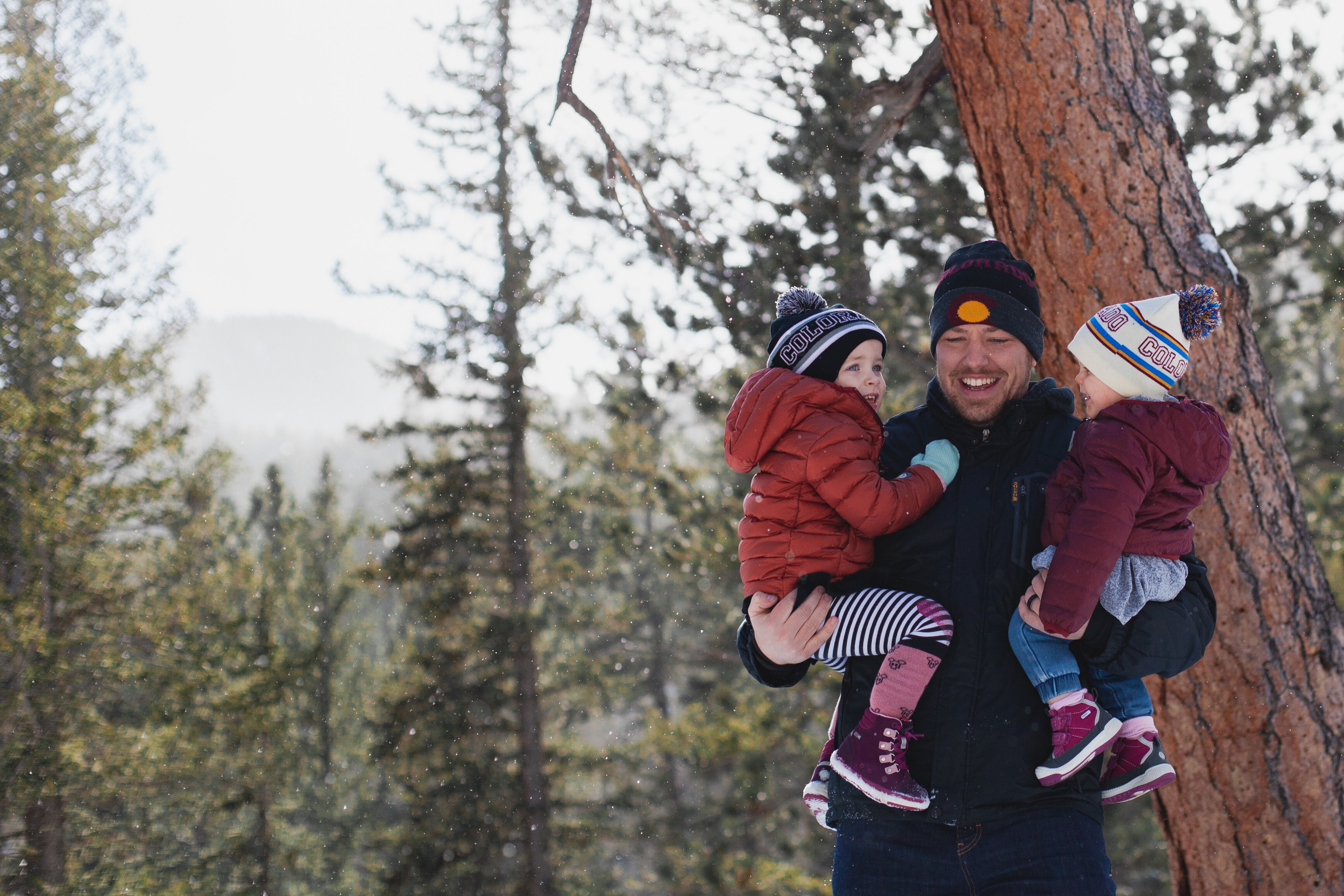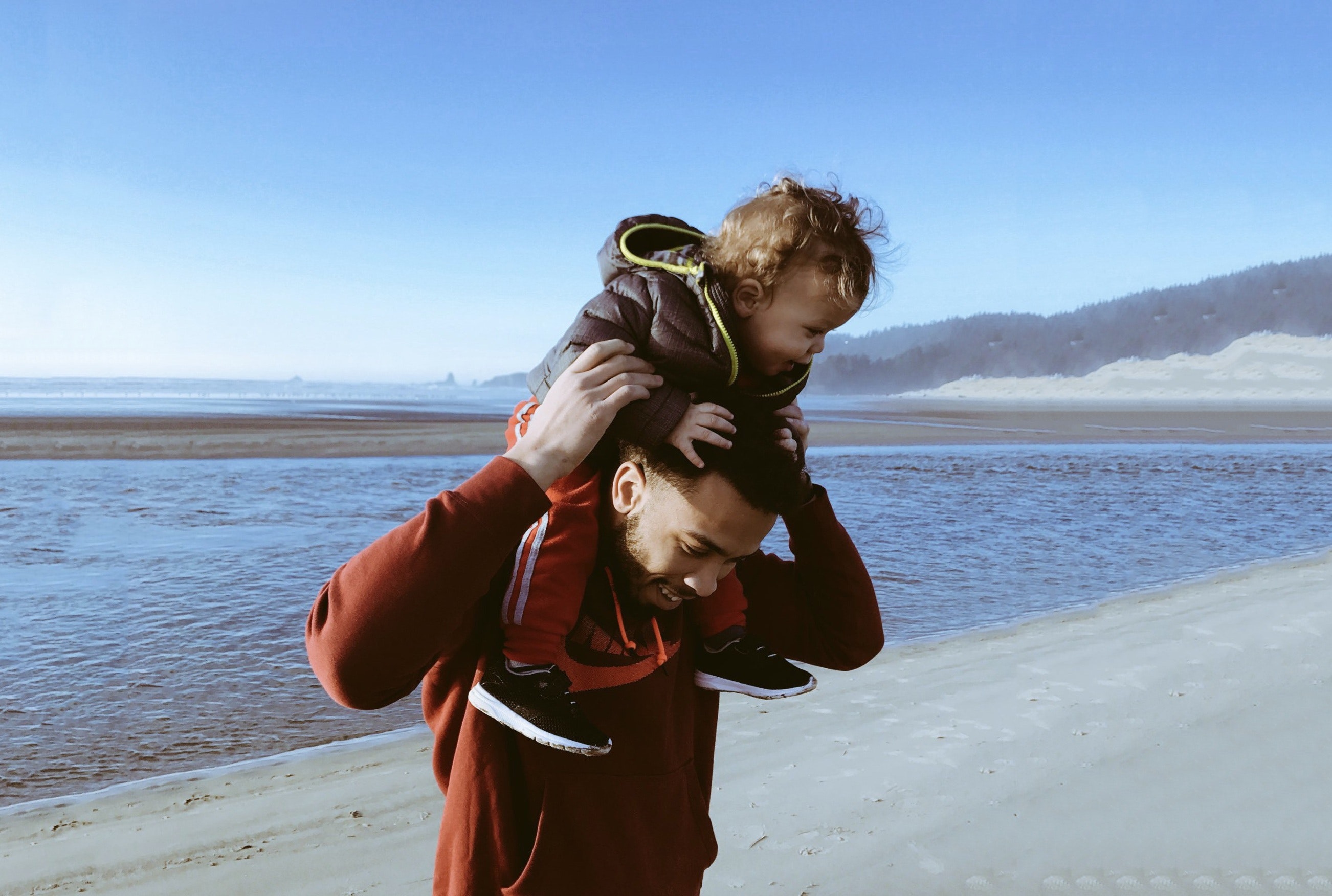
January 14, 2020 by Robert Franklin, JD, Member, National Board of Directors
Shared parenting is once again under fire, this time from here (Quillette, 1/2/20). It’s a curious piece, part inexcusable ignorance and part pithy questions about the uneasy interface between the state and the family.
Danish historian Mikael Jalving has read Malin Bergström’s book, Divorcing with Children: Parents in Two Homes. The problem seems to be that, as to shared parenting, that’s all he’s read.
Bergström of course is one of the most important researchers into family structure and child well-being. Her massive studies of Swedish families indicate that equal parenting is the second-best arrangement for kids, the first being intact biological families. The good news is that, as other researchers have shown, Swedes are taking to equal parenting like no other parents in the world.
“In Sweden, [Joint-Parent Custody] has become as common as living mostly with the mother after parents separate. The proportion of Swedish children in JPC was about 1 percent of children with separated parents in the mid-1980s, but is now between 35 percent and 40 percent. Of all children between 12 and 15 years of age, 1 in 10 are in JPC…Indeed, for 3-year-old children, JPC is nearly twice as common as SPC [Single-Parent Custody], at least among Swedish-born and well-educated parents…”
I call that the good news because clearly Swedish parents, partly in the spirit of gender equality and partly for the good of the kids, have embraced equal parenting. But it’s not good news to Jalving. Why? He’s suspicious of equal parenting arrangements because, according to him, they encourage divorce or what he calls “guilt-free” divorce. He of course offers no support for his claim. Has the divorce rate gone up after the inauguration of shared parenting legislation in Sweden? If it has, he doesn’t mention it.
Memo to Jalving: Parents sometimes divorce. And there’s nothing we can do about that if we want to live in a free society.
Given that fact, surely the best thing we can do is to find out what the best post-divorce arrangement is for the children and try to convince people to adopt it. We’ve done the former. Shared parenting is the best familial arrangement for kids. And to their credit, Swedes are establishing shared care arrangements at rates unknown in the rest of the world. For Jalving, that’s cause for despair. Strange.
Worse, Jalving seems not to have a very firm grasp on what shared parenting is.
But what if there were a way around these negative outcomes [for the children of divorce]? Imagine some new, postmodern “parental team” that can take the place of a married couple when it comes to raising children.
That is the new concept emerging from Sweden…
No, no and no. Shared parenting does not involve a “parental team” that takes the place of a married couple. It’s parents caring for their children in separate households. And it’s not a “new concept,” not just “emerging” and not “from Sweden.”
Actually, the idea of equal parenting has been around for decades, roughly as long as that of no-fault divorce. Since no-fault divorce laws sent the divorce rate skyrocketing back in the 70s, people have been asking what is the best arrangement for children when their parents split up. Goldstein, Solnit and Freud tried to convince us that sole maternal custody was sufficient, but, lacking the slightest empirical support for that theory, it soon was called into question. That led to research like Bergström’s and that of countless others that’s found equal parenting to be far and away the preferable arrangement for children.
And it’s that huge body of research that, with the exception of Bergström’s, seems to have gone unnoticed by Jalving. He never mentions it. And that astonishing absence is what allows him to conclude that Bergstrom’s findings must be faulty.
[M]y larger critique is that while Bergström is concerned with the effects of state-mandated and -enabled JPC arrangements, the positive outcomes we are observing may simply be an artefact of the growing wealth and privilege of divorcing Swedish parents—especially since many poor households can’t afford to split up, one home being cheaper than two.
In passing, allow me to point out that there is no “state-mandated” joint custody in Sweden or anywhere else. No law requires JPC as the data cited by Jalving make clear. After all, how can the government be requiring JPC arrangements when only 35% – 40% of kids of divorce have them?
But more importantly, Jalving can only make the claim that positive outcomes for kids in shared care are simply a matter of selection bias if he knows nothing about the wealth of research on shared care beyond that conducted by Bergström. Far too much research has been done in various countries on shared vs. sole custody to pretend that the findings are simply a matter of who’s being studied. If Jalving had read that work, he’d know that. Apparently he hasn’t, but didn’t let the fact keep him from rendering his opinions.
I’ll have more to say on Jalving’s piece next time.
















